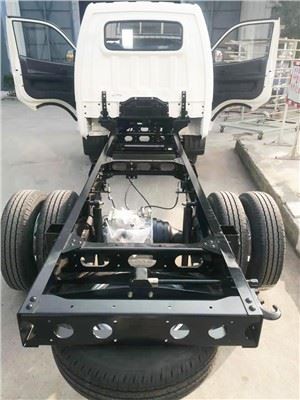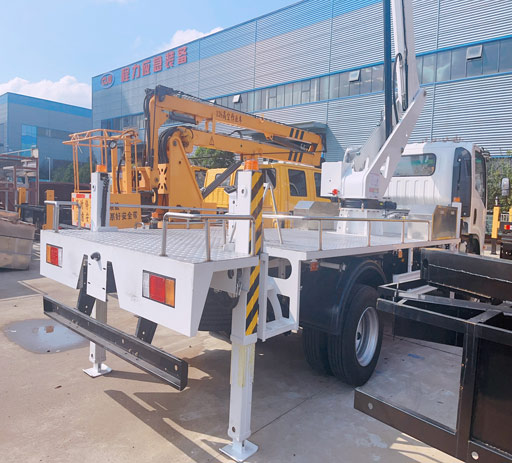Understanding Dual Loaders: A Comprehensive Guide

Introduction
In today’s technological landscape, dual loaders are becoming increasingly relevant, especially in the realm of mobile devices and gaming consoles. This article aims to provide a comprehensive understanding of dual loaders, their functionality, benefits, and practical applications. By the end of this guide, readers will have a clear grasp of what dual loaders are and how they can enhance their devices’ performance.
What are Dual Loaders?
Dual loaders refer to systems that allow two separate processes or operating systems to load and function simultaneously on a single device. This technology is pivotal for enhancing the usability and efficiency of various devices. It is commonly used in gaming consoles, mobile devices, and even personal computers to offer users more flexibility and control.
History of Dual Loaders
The concept of dual loaders originated with the advancement of computing technology. Initially, multi-boot systems allowed users to select between different operating systems. However, as the demand for quicker and more efficient processes grew, dual loaders emerged as a solution to run multiple applications or systems concurrently.
How Do Dual Loaders Work?
Dual loaders operate by managing system resources and enabling multitasking capabilities. Here’s a brief overview of how they function:
- Resource Allocation: Each loader manages its own allocated resources such as CPU, memory, and storage.
- User Interface Management: Dual loaders often feature user-friendly interfaces that allow users to switch between different systems with ease.
- Synchronization: Advanced synchronization techniques ensure that both loaders run efficiently without conflicts.
Types of Dual Loaders
There are several types of dual loaders, each suited to particular applications:
- Operating System Dual Loaders: These allow users to run two distinct operating systems on a single machine.
- Application Dual Loaders: Typically used in mobile devices, these enable multiple apps to run concurrently.
- Game Console Dual Loaders: These are found in gaming systems, allowing users to load different games or profiles simultaneously.
Advantages of Dual Loaders
Implementing a dual loader system offers several benefits for both users and developers:

1. Improved Efficiency
Dual loaders enable users to access different environments or applications without needing to reboot or switch devices. This saves time and improves overall productivity.
2. Flexibility

Competent dual loaders provide users the flexibility to choose their operating system or application environment based on their needs.
3. Enhanced User Experience

The ability to seamlessly switch between different processes creates a more satisfying experience, especially in gaming and software development.
Practical Applications of Dual Loaders
Dual loaders find application across various domains:
Mobile Devices
In mobile technology, dual loaders enhance user experience by allowing the simultaneous use of different applications, especially during multitasking scenarios.
Gaming Consoles
Game consoles like the PlayStation allow players to load different games or profiles using dual loaders, enriching the gaming experience.
Software Development
Developers leverage dual loaders to test software applications across multiple environments, thus ensuring greater reliability and efficiency.
Setting Up Dual Loaders
Setting up dual loaders can vary based
